Tag: mechanical ventilation

Pediatric Acute Respiratory Distress Syndrome
This book provides a concise yet comprehensive overview of pediatric acute respiratory distress syndrome (PARDS). The text reviews the emerging science behind the new PARDS definition; explores epidemiology, pathobiology,... read more
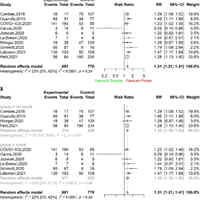
Prone Positioning Effect on Adult Patients Survival Receiving vvECMO for ARDS
This systematic review and meta-analysis of 13 studies (total N = 1836) showed that PP of acute respiratory distress syndrome (ARDS) patients receiving venovenous ECMO (vvECMO) was associated with a significant improvement... read more
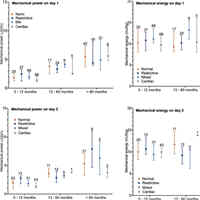
Energy Transmission in Mechanically Ventilated Children
Mechanical energy (ME) better related to underlying lung pathology and patient outcome than MP. The delivery of generated energy to the lung was not dependent on endotracheal tube diameter (ETT) size during PC ventilation.... read more
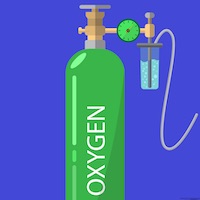
Effect of High-Flow Oxygen Therapy vs Conventional Oxygen Therapy on Invasive Mechanical Ventilation and Clinical Recovery in Patients With Severe COVID-19
An overall good trial that supports the use of high flow oxygen therapy in patients with Severe COVID-19. Randomized controlled trial conducted across three centers in Columbia over 5 months from August 2020 to January... read more
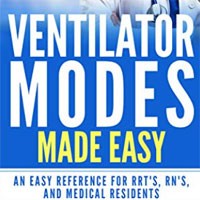
Ventilator Modes Made Easy: An Easy Reference for RRT’s, RN’s, and Medical Residents
Who says understanding ventilator modes has to be hard? This book gives you easy to understand information that every RRT, RN, or Resident always wishes they had. Each mode is described in simple language and answers the... read more
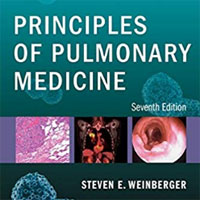
Principles of Pulmonary Medicine
With an emphasis on the pathophysiologic basis of pulmonary disease, Principles of Pulmonary Medicine, 7th Edition, by Drs. Steven E Weinberger, Barbara A Cockrill, and Jess Mandel, provides a superbly illustrated introduction... read more
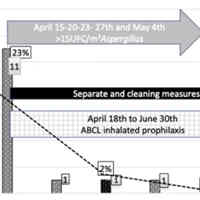
Inhaled Amphotericin B Lipid Complex for Prophylaxis Against COVID-19-associated Invasive Pulmonary Aspergillosis
Recently, Prattes and colleagues published in Intensive Care Medicine a high incidence of coronavirus disease 2019-associated invasive pulmonary aspergillosis (CAPA), according to 2020 ECMM/ISHAM consensus criteria, with... read more
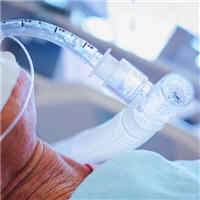
Mechanical Ventilation Promotes Lung Tumor Spread by Modulation of Cholesterol Cell Content
Mechanical stretch of cancer cells can alter their invasiveness. During mechanical ventilation, lungs may be exposed to an increased amount of stretch, but the consequences on lung tumors have not been explored. To characterize... read more
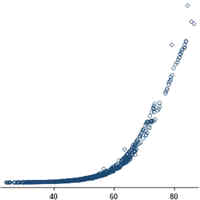
Dynamic Prediction Tool for Mortality in COVID-19 Ventilated Patients
The COVID-19 pandemic has caused intensive care units (ICUs) to reach capacities requiring triage. A tool to predict mortality risk in ventilated patients with COVID-19 could inform decision-making and resource allocation,... read more
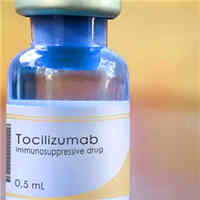
Prognostic and Predictive Biomarkers in COVID-19 Patients Treated with Tocilizumab
Multiple biomarkers prognostic for clinical outcomes were confirmed in COVACTA. Ferritin was identified as a predictive biomarker for the effects of tocilizumab in the COVACTA patient population; high ferritin levels were... read more
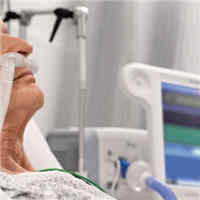
High-Flow Oxygen Therapy vs. Conventional Oxygen Therapy on Invasive Mechanical Ventilation in COVID-19 Patients
Among patients with severe COVID-19, use of high-flow oxygen through a nasal cannula significantly decreased need for mechanical ventilation support and time to clinical recovery compared with conventional low-flow oxygen... read more
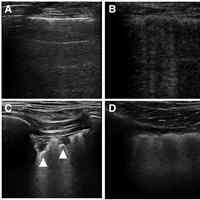
Pressure Support vs. Spontaneous Ventilation during Anesthetic Emergence – Effect on Postoperative Atelectasis
The incidence of postoperative atelectasis was lower in patients undergoing either laparoscopic colectomy or robot-assisted prostatectomy who received pressure support ventilation during emergence from general anesthesia... read more
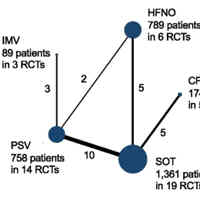
Non-invasive vs. Invasive Respiratory Management Strategies in AHRF Patients
When performing non-invasive ventilation among patients with de novo acute hypoxaemic respiratory failure (AHRF), it is important to avoid excessive tidal volume and lung injury. Although pressure support is needed for... read more

Respiratory Monitoring in Mechanical Ventilation: Techniques and Applications
This book covers the up-to-date advancement of respiratory monitoring in ventilation support as well as detecting the physiological responses to therapeutic interventions to avoid complications. Mechanical ventilation nowadays... read more








